In Franciacorta they make sparkling wine in the traditional method where secondary fermentation takes place in the individual bottles. Yes, please.
Labeled with a DOCG status since 1995, the region is gaining real momentum among wine enthusiasts across the globe. It has also been gaining momentum in my glass…
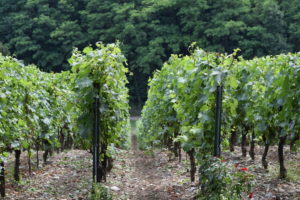 I am a big fan of their sparkling wines. The complexity in the glass is outstanding from this mainly Pinot Noir and Chardonnay growing region with a moderate climate producing happy grapes with quite the history.
I am a big fan of their sparkling wines. The complexity in the glass is outstanding from this mainly Pinot Noir and Chardonnay growing region with a moderate climate producing happy grapes with quite the history.
Complexity is important with any wine but with sparkling wines it is harder to detect the complex aromas that develop once the cork is popped. Many people are inclined to serve bubbles in a standard champagne flute…
Boo. Sad face.
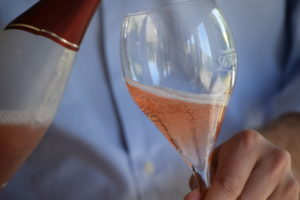 Any true wine connoisseur knows that a good swirl of the wine is an important component to the tasting experience. The swirl of the glass helps the wine to come alive for the nose.
Any true wine connoisseur knows that a good swirl of the wine is an important component to the tasting experience. The swirl of the glass helps the wine to come alive for the nose.
The ‘smelling’ component of a wine tasting is necessary when rating a new bottle. This proves difficult (if not impossible) using the standard wine flute.
In Franciacorta, as I mentioned earlier, they make fierce bubbles with some serious age ability. The ideally shaped glass is a NECESSARY component for true enjoyment and appreciation of such fine artisan winemaking… the solution that this region has come up with is… The Tulip Style Glass (with a few modifications).
A tulip style sparkling wine glass has a wider flared body and mouth than a standard flute. The tulip also has a tall and more narrow shape than a standard white wine glass, with a large bowl and a narrower top rim that helps to hold the bubbles in longer.
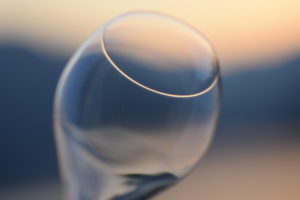 But the quest for the perfect glass for bubbles did not stop there… the Franciacorta Consortium really wanted a wine glass MADE SPECIFICALLY for high quality bubbles… little bubbles.
But the quest for the perfect glass for bubbles did not stop there… the Franciacorta Consortium really wanted a wine glass MADE SPECIFICALLY for high quality bubbles… little bubbles.
In response (and after a lot of testing and experimentation) it was decided that a few ‘upgrades’ to the standard tulip glass were needed. The local makers of the Franciacorta tulip shaped glass places scratches along the bottom of the bowl, where it meets the stem, to stimulate the longevity of bubble production once it is poured.
I would love to ‘volunteer myself’ for the next round of glass testing. Did I mention my affinity for sparkling wine from Franciacorta?!?
 The imperfections (or scratches) along the interior of the wine glass help more and more bubbles to form and for longer and longer periods of time. Since sparkling wines are often served at parties and celebrations, this would be the perfect glass to carry while mingling with other wine loving guests.
The imperfections (or scratches) along the interior of the wine glass help more and more bubbles to form and for longer and longer periods of time. Since sparkling wines are often served at parties and celebrations, this would be the perfect glass to carry while mingling with other wine loving guests.
One of the other solutions that the Franciacorta group noticed is that more bubbles were produced when the glasses were not cleaned to perfection using modern machines and chemical rinsing agents to get the crystal to ‘sparkle’. Although the glass was shiny, the bubbles, were not as ‘shiny’ or effervescent.
Since bubbles tend to be less ‘re-active’ to clean glasses and sparkling wine makers need the bubbles to get ‘riled up’, it was time to get down and dirty. The hope is to slow the loss of carbonation.
The solution: dirty glasses.
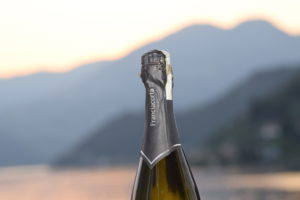 It sounds worse than it is. It does not mean ‘dirty’ in the sense of ‘dirt’ or germs… what a dirty glass means is: “Condensate Particles”, or microscopic bits of dirt, in the glass.
It sounds worse than it is. It does not mean ‘dirty’ in the sense of ‘dirt’ or germs… what a dirty glass means is: “Condensate Particles”, or microscopic bits of dirt, in the glass.
Bubbles form where imperfections exist. Bubbles form along the sides of the glass. The gas is released when it bumps up against something and… tada… bubbly juice.
Personally, I like the fact that because I like to drink bubbles at parties, the elongated stem will not warm up my liquid with the heat of my hand. It also allows one to have a nice sturdy stem to clink your glass with for a toast. On top of all that, the glass is MUCH easier to wash, dry and handle than the flute.
CRASH THE FLUTE
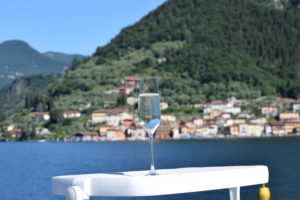 In my house, Sparkling Wine… is often the answer. That’s right… I can pop a bottle open like a pro. ABut… so can the wine connoisseurs, owners, and winemakers I recently met on a trip to Franciacorta, Italy.
In my house, Sparkling Wine… is often the answer. That’s right… I can pop a bottle open like a pro. ABut… so can the wine connoisseurs, owners, and winemakers I recently met on a trip to Franciacorta, Italy.
I learned over and over again from the wine representatives about how the glasses with smaller openings and bowls are less expressive than glassware with a large opening at top and a big bowl shape.
The Franciacorta Consortium hosted me on a trip to learn more about his wonderful sparkling wine region and the history combined with new technology that is the name of the game there.
It is here where I was able to sip wine with members of the Lantieri Paratico family on their estate while listening to stories of their ancestors who hosted the great Dante Alighieri upon exile from Florence and who … was also drawn to these famous Lantieri earls at Paratico Castle and their WINES back in 1311.
I agree with Dante, the wines here are fabulous and of a higher caliber than most. With around 115 wine makers and growers, the Franciacorta Consortium helps to guarantee grape production standards and quality year in and year out.
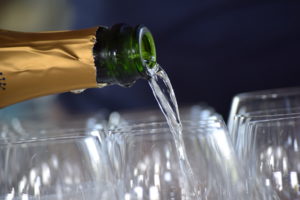 The Franciacorta line up of DOCG sparkling wines that I was honored to taste during my trip displayed great depth of aroma, a true roundness and balance with a softness on the palate that you do not find with many bubbles.
The Franciacorta line up of DOCG sparkling wines that I was honored to taste during my trip displayed great depth of aroma, a true roundness and balance with a softness on the palate that you do not find with many bubbles.
Much like Champagne, this is a bubble above… other bubbles. Or the bubbles that all the other bubbles hope to be someday….
Maybe when they grow up.
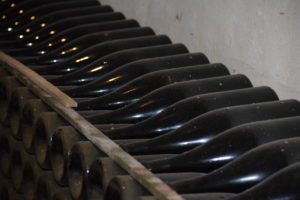 There is quite the history in Franciacorta, Italy. A history that is impossible to replicate after so many generations of wine lovers found this region and fell in love already. It holds a special place in history for wine lovers and is a must stop along any travel lovers agenda while in Italy.
There is quite the history in Franciacorta, Italy. A history that is impossible to replicate after so many generations of wine lovers found this region and fell in love already. It holds a special place in history for wine lovers and is a must stop along any travel lovers agenda while in Italy.
Sparkling wine has been produced in Franciacorta since the sixteenth century, and still wines have been produced since the dawn of time, but for a long time they were only for local consumption.
Read more about the HISTORY OF FRANCIACORTA WINE >>
FRANCIACORTA CONSORTIUM INFO:
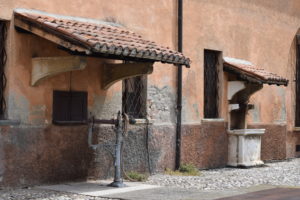 Website – The Consortium was founded on 5 March 1990 in Corte Franca to guarantee and monitor compliance with the rules for producing Franciacorta wine. The name of the geographic region where its Chardonnay, Pinot Noir and Pinot Blanc vines are grown is used to identify this wine, which is produced exclusively by the method of secondary fermentation in the bottle. In one word, Franciacorta describes an area, a production method and a wine.
Website – The Consortium was founded on 5 March 1990 in Corte Franca to guarantee and monitor compliance with the rules for producing Franciacorta wine. The name of the geographic region where its Chardonnay, Pinot Noir and Pinot Blanc vines are grown is used to identify this wine, which is produced exclusively by the method of secondary fermentation in the bottle. In one word, Franciacorta describes an area, a production method and a wine.
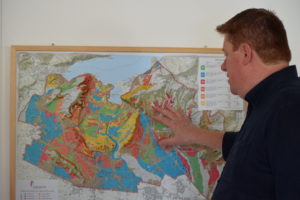 Having moved to its present site at Erbusco in 1993, the Consorzio Franciacorta has about 200 members including wine growers, wine producers, bottlers and others involved in the production chain for the designations Franciacorta DOCG, Curtefranca DOC and Sebino IGT. Its distinctive logo with a castellated letter F distinguishes its wines and refers back to the ancient mediaeval towers that characterise 19 municipalities in the heart of Lombardy, by the shores of Lake Iseo: Adro, Brescia (part), Capriolo, Cazzago San Martino, Cellatica, Coccaglio, Cologne, Corte Franca, Erbusco, Gussago, Iseo, Monticelli Brusati, Ome, Paderno Franciacorta, Paratico, Passirano, Provaglio, Rodengo Saiano and Rovato.
Having moved to its present site at Erbusco in 1993, the Consorzio Franciacorta has about 200 members including wine growers, wine producers, bottlers and others involved in the production chain for the designations Franciacorta DOCG, Curtefranca DOC and Sebino IGT. Its distinctive logo with a castellated letter F distinguishes its wines and refers back to the ancient mediaeval towers that characterise 19 municipalities in the heart of Lombardy, by the shores of Lake Iseo: Adro, Brescia (part), Capriolo, Cazzago San Martino, Cellatica, Coccaglio, Cologne, Corte Franca, Erbusco, Gussago, Iseo, Monticelli Brusati, Ome, Paderno Franciacorta, Paratico, Passirano, Provaglio, Rodengo Saiano and Rovato.
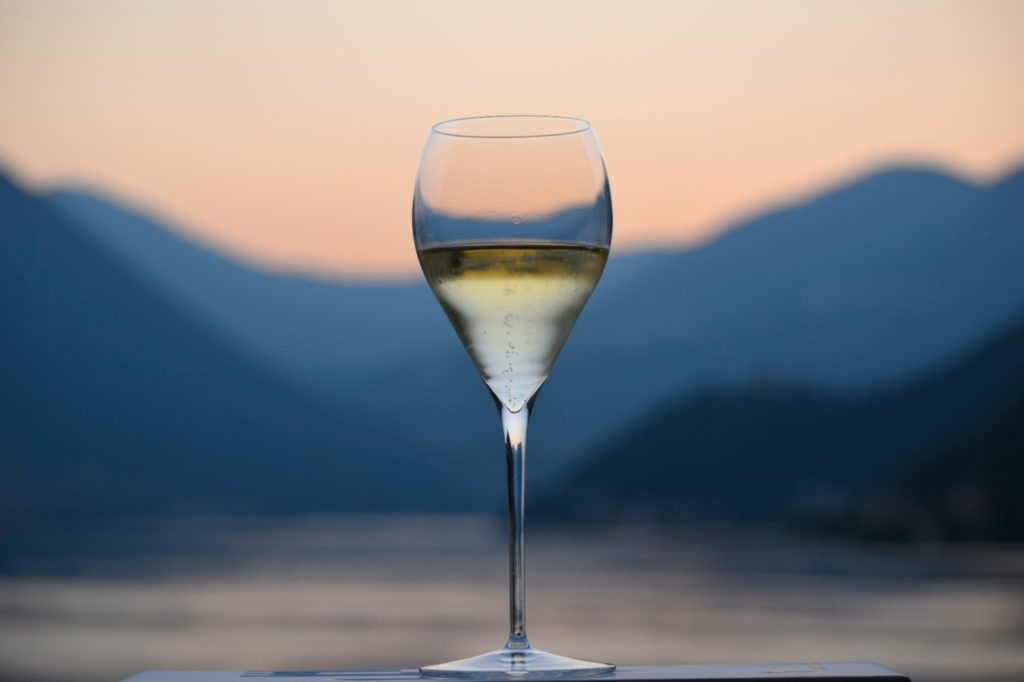
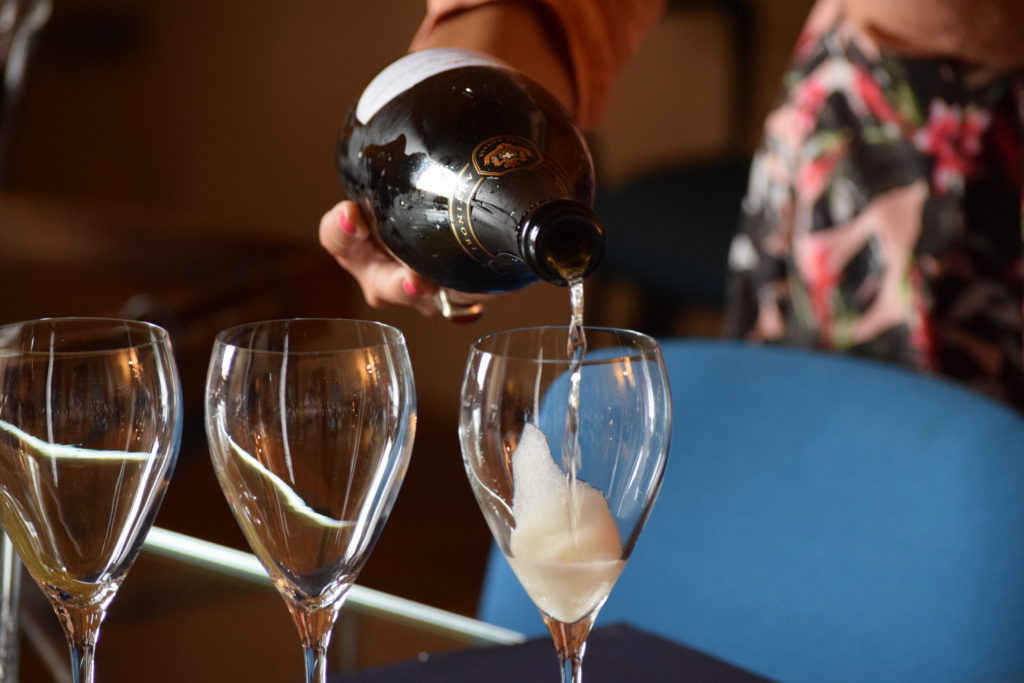
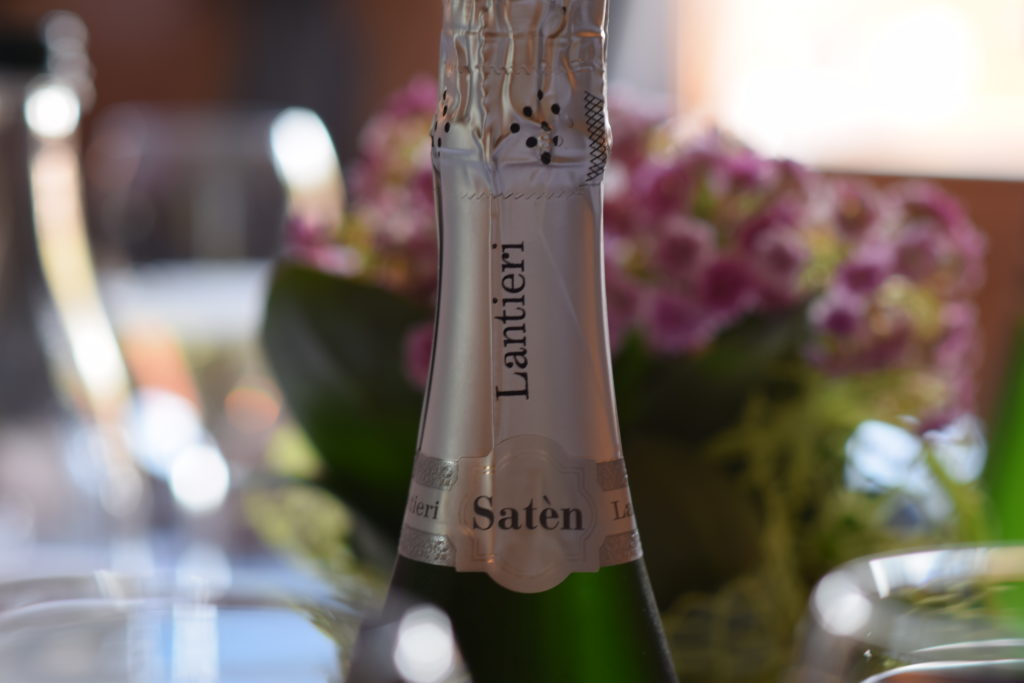
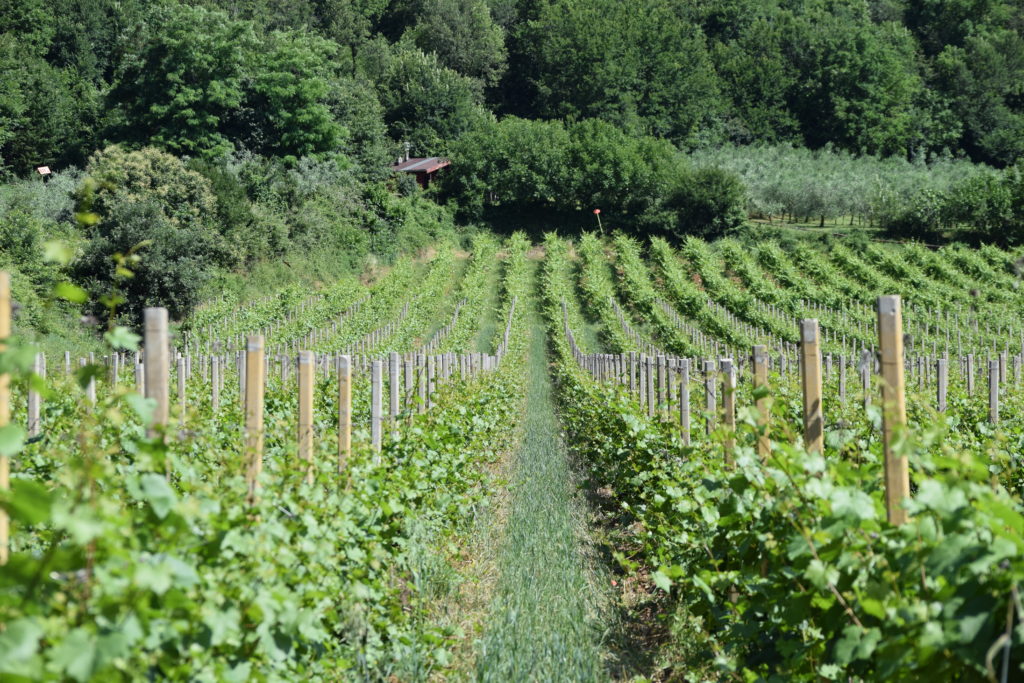
[…] the only sounds you will here are birdsong, the lap of the waves against the shore and the clink of Franciacorta Sparkling Wine Glasses. Sounds like my kind of place. The establishment even features a quiet reading spot under a tree […]